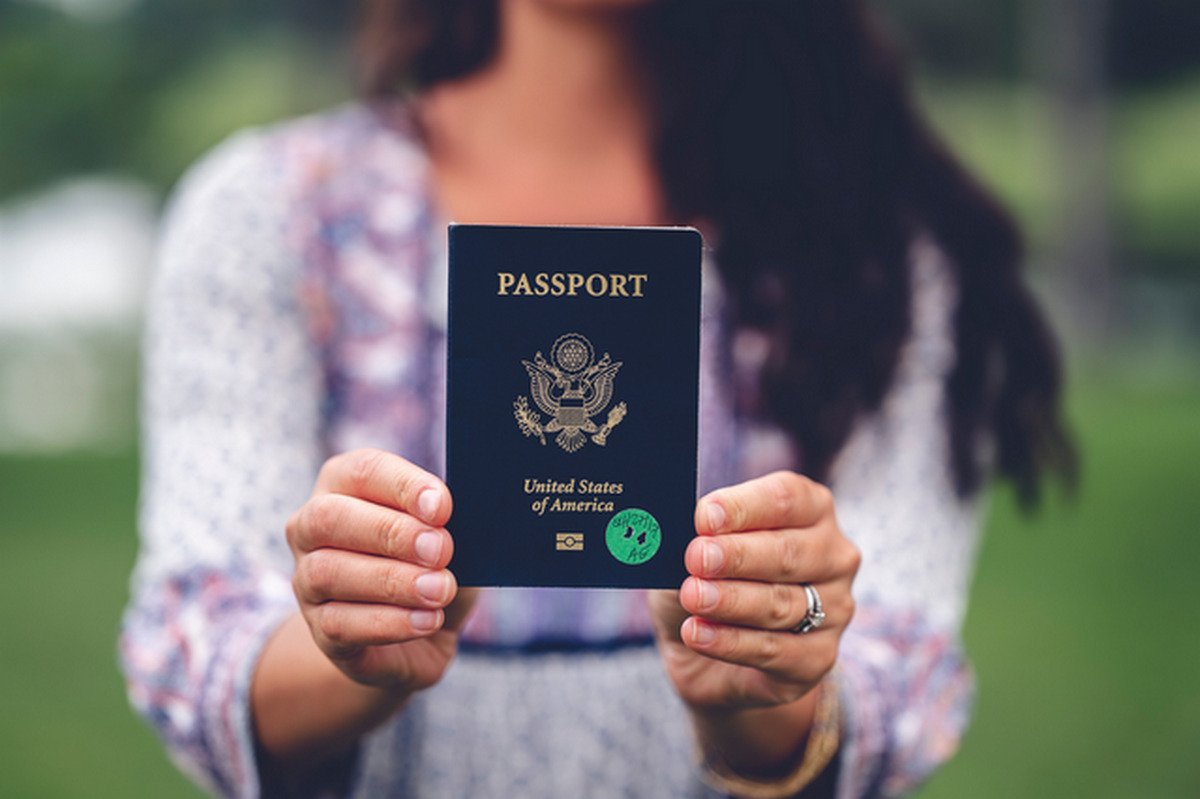
August 17, 2023
Schengen Visa Countries
Schengen Area is a zone consisting of 27 European countries that abolished internal borders and enabled passport-free entry. Now, unrestricted movement is possible there, as long as the rules at the border control are observed.
Most of the European countries are in the Schengen Area (except Ireland). Soon, the following members will be included: Romania, Bulgaria, and Cyprus. Note that some other countries, such as Iceland, Liechtenstein, Switzerland, and Norway, are also in the Schengen Zone.
Definition of a Schengen Visa
A Schengen visa is treated as a short-stay permit that allows traveling for up to 90 days to the Schengen Area for tourism or business purposes. It is a very popular visa in Europe, and no border controls exist within the zone.
Citizens from countries without agreement with Schengen members must have a visa before entry to Europe. Also, a valid passport for at least 3 months is necessary.
Remember that a Schengen visa can’t be used for studies, employment, or living in the member country for more than 90 days. In this case, you must obtain a national visa.
Schengen Area Countries
The countries in the below list are the Schengen members that can issue Schengen visas:
Austria
Belgium
Switzerland
Czech Republic
Germany
Denmark
Estonia
Spain
Finland
France
Greece
Croatia
Hungary
Iceland
Italy
Liechtenstein
Lithuania
Luxembourg
Latvia
Malta
Netherlands
Norway
Poland
Portugal
Sweden
Slovakia
Slovenia
Besides, 18 other countries not included in the Schengen Zone enable foreigners to enter and stay within their territories with a valid multiple-entry Schengen Visa:
Albania
Antigua and Barbuda
Belarus
Bosnia and Herzegovina
Bulgaria
Colombia
Northern Cyprus
Georgia
Gibraltar
Kosovo
Mexico
Montenegro
North Macedonia
Romania
São Tomé and Príncipe
Serbia
Turkey
The Schengen Area members are located in Europe and:
- 23 of them implemented Schengen acquis fully.
- 4 of them (EFTA members) implemented acquis related to the Schengen agreement.
- Even though Liechtenstein, Switzerland, Norway, and Iceland are not in the European Union, they are associate members.
- Vatican City, Monaco, and San Marino’s borders are open, but they are not visa-free zone members.
- Canary, Madeira, and The Azores are considered special members of the EU and the Schengen Zone.
- 4 EU members haven’t joined the Schengen Zone (Ireland, Bulgaria, Romania, and Cyprus) yet.
How to obtain a Schengen Visa?
In order to apply for a Schengen visa, firstly, select the type of visa you need (tourist, business, transit, etc.). Then, choose the way of application. You can do it at the embassy, consulate, or visa center. Book an appointment and:
- Prepare all necessary documents, such as a valid passport.
- Provide the required information in the visa application form (name, surname, nationality, date of arrival, etc.). Check the details twice to avoid mistakes.
- Cover the fee with one of the available methods of payment.
- Wait for the confirmation and receive your Schengen visa.
Types of Schengen Visas
The Schengen Visa can be issued for the following purposes:
- Short-term study/research – visa for students who plan to attend educational institutions, such as universities. A letter of invitation is necessary to apply for it.
- Medical treatment – if you travel in order to undergo medical treatment in a clinic or a hospital within the Schengen Zone, you need to obtain a medical visa.
- Official visits – designed for visitors who have official duty within the Schengen Area. Also, this visa type is required for large delegations.
- Transit – perfect for those who want to reach their final destination through one of the Schengen Area countries. Sometimes a visa is not necessary, so check all the requirements before the trip.
- Sports and cultural events – those not living within the Schengen area who want to participate in events related to culture, film crews, sports, or religion are obliged to get this type of visa.
- Tourism – the most common reason for visitors who plan to go to the Schengen Zone. It can be used for sightseeing, experiencing culture, trying food, seeing landscapes, and relaxing.
- Visiting friends/family – people whose family or friends live in the Schengen Area are able to visit them thanks to this visa type. In order to apply for it, you need to have a letter of invitation.
- Business – this type of visa is designed for travelers who visit the Schengen Zone to take part in conferences, meetings, market investigations, business appointments, etc. Also, journalists and reporters can apply for it.
Besides, we can distinguish several types of Schengen Visas according to the frequency of stays:
- A single-entry visa – allows only one entry to the Schengen Area.
- A double-entry visa – enabling two entries to the Schengen Zone.
- A multiple-entry visa – can be used for numerous visits to the Schengen Area.
When it comes to the validity period, it depends on the number of days you want to stay in the zone and the decision of the consulate.




